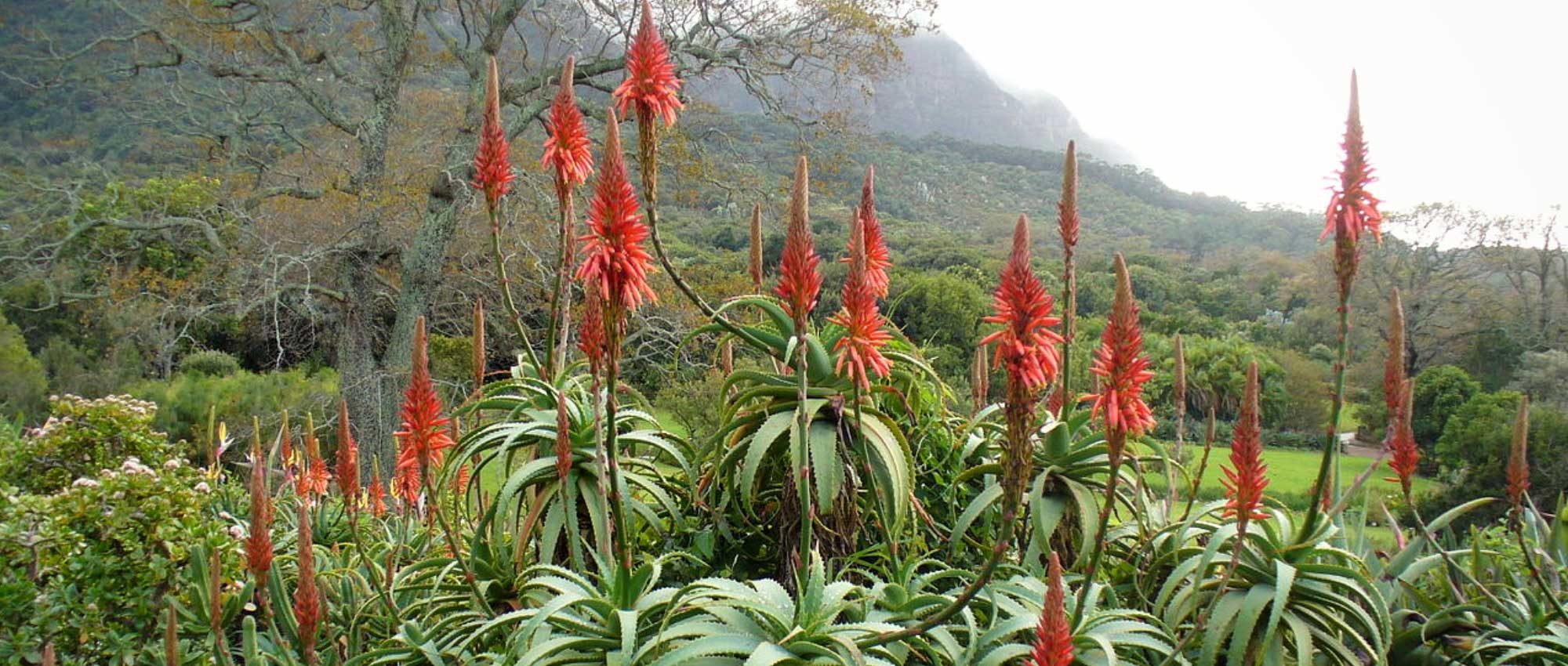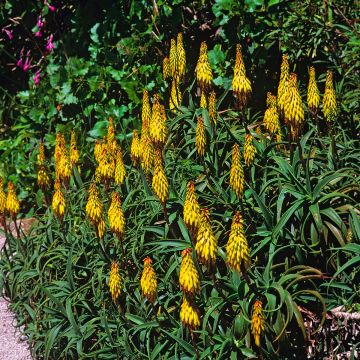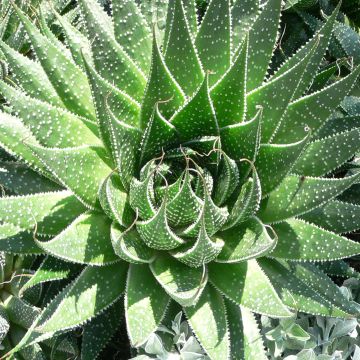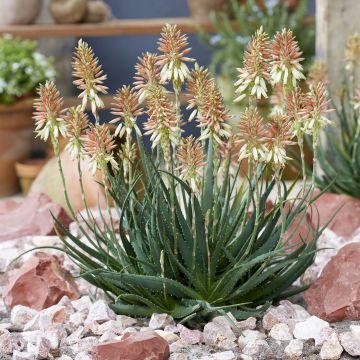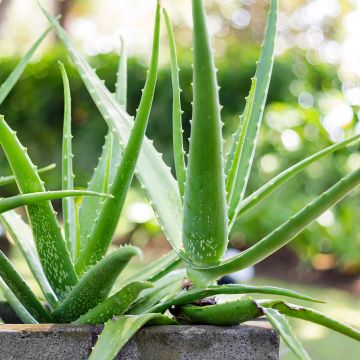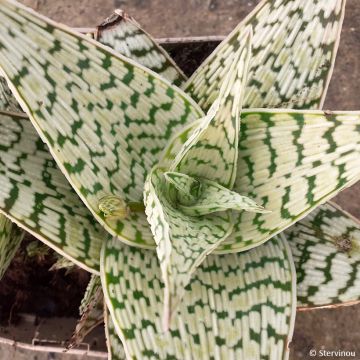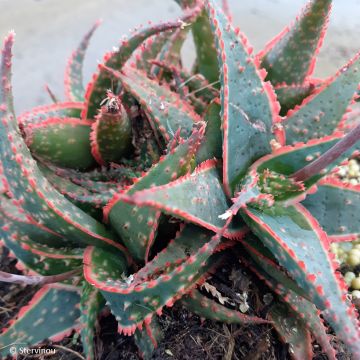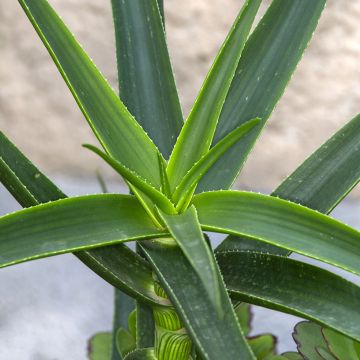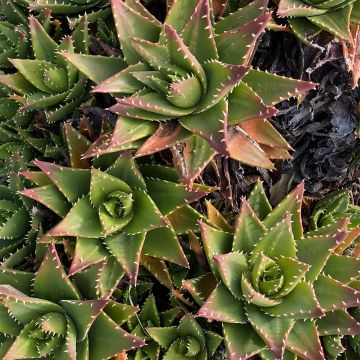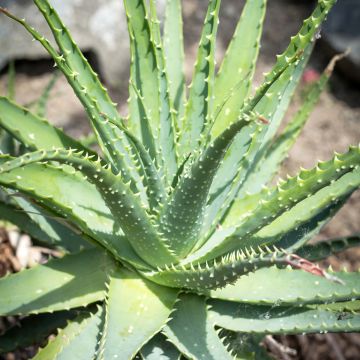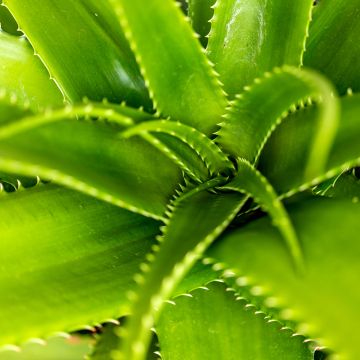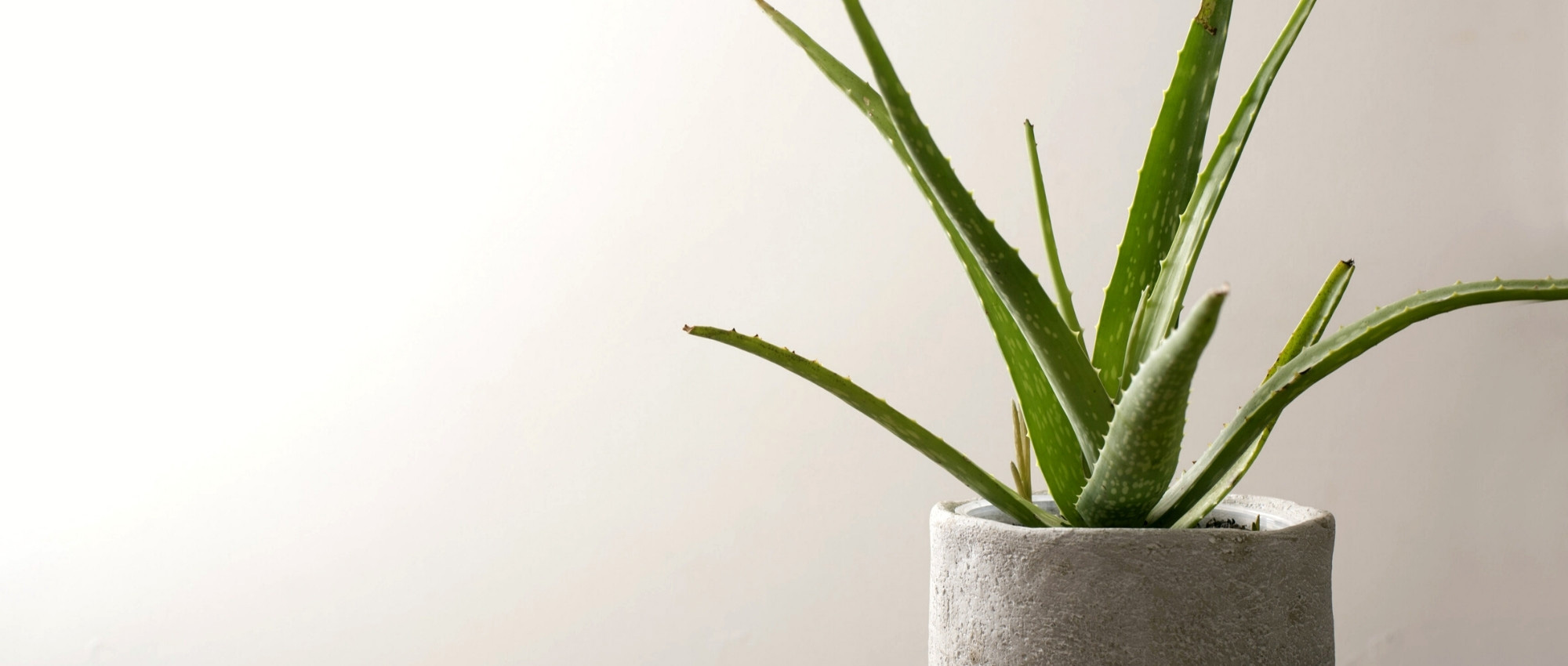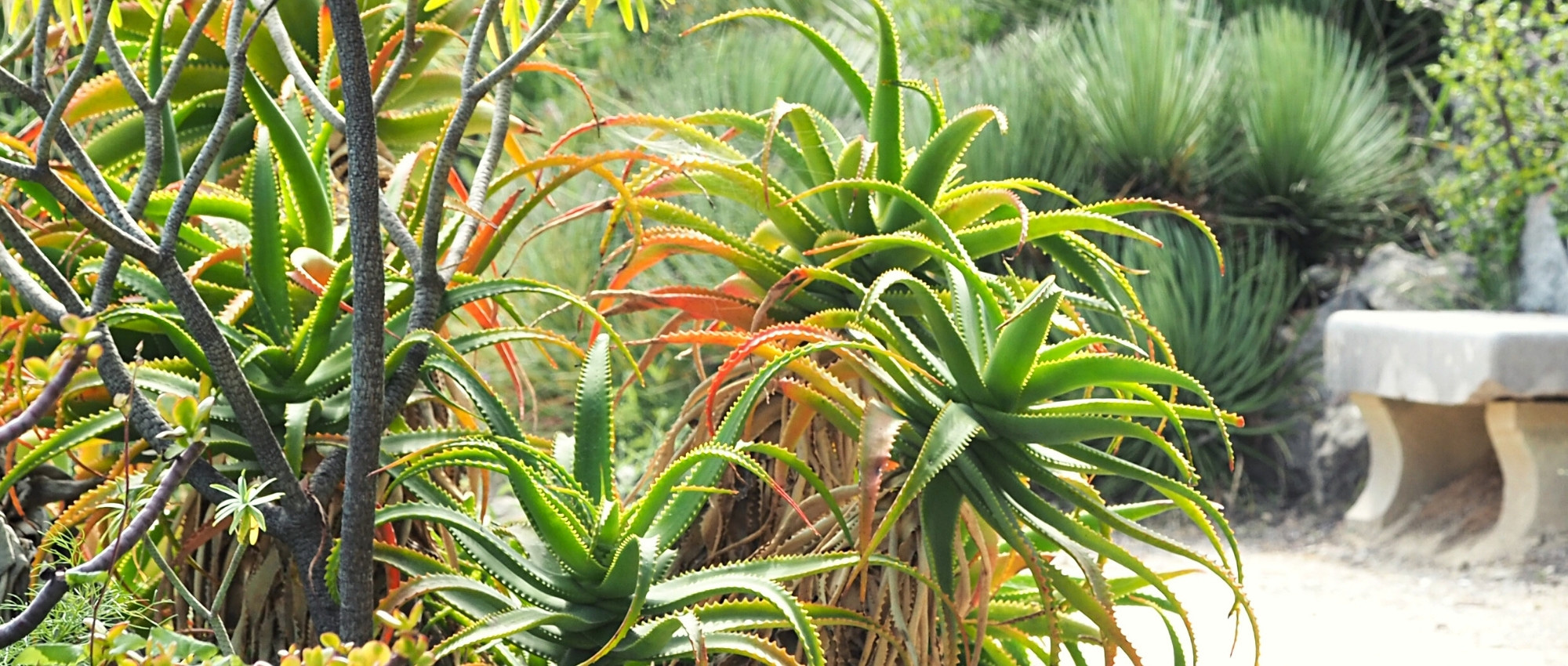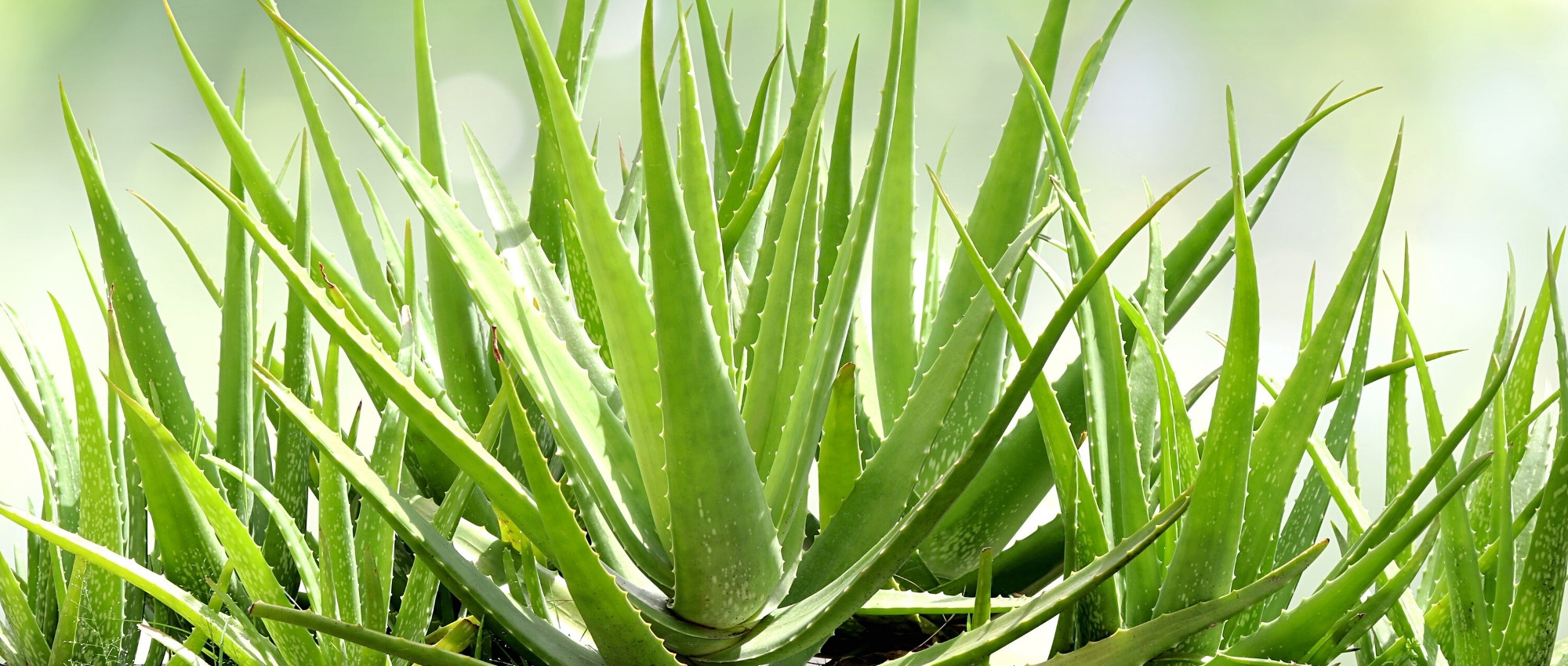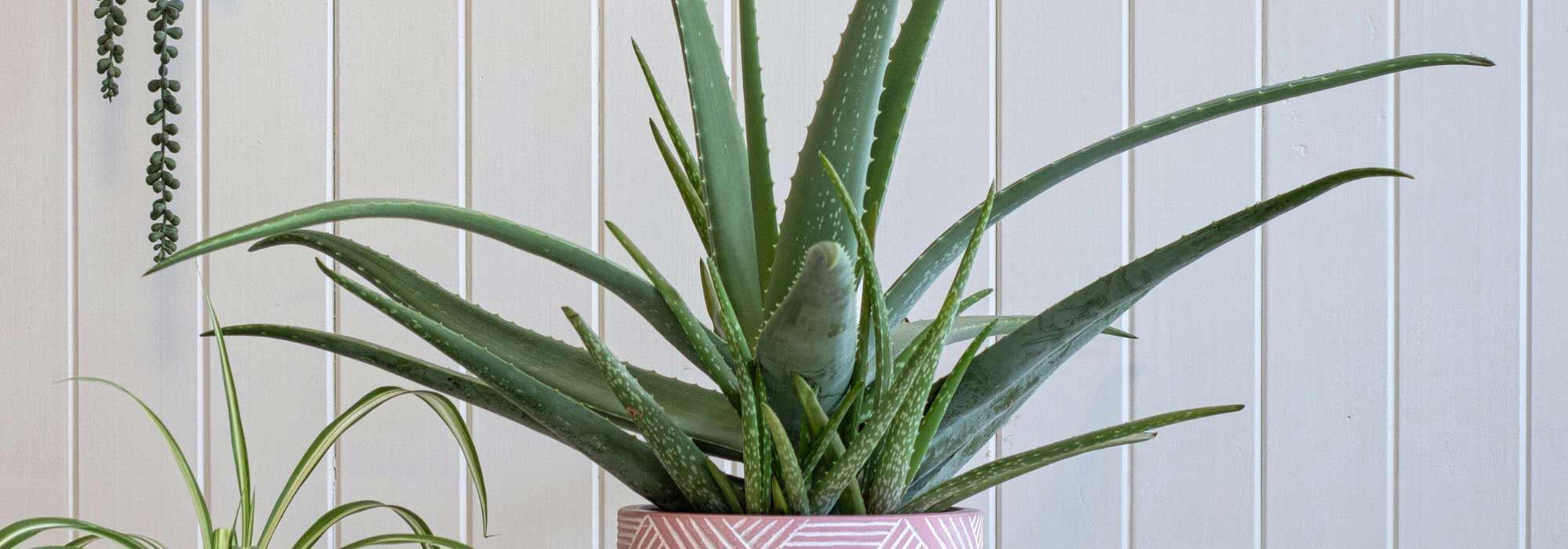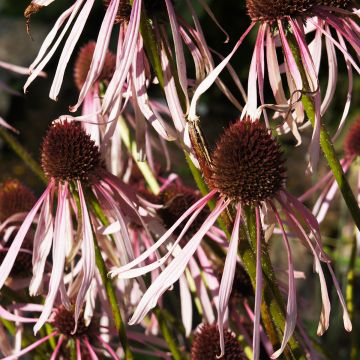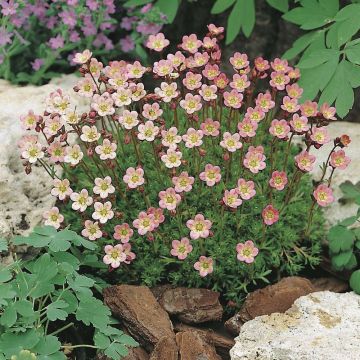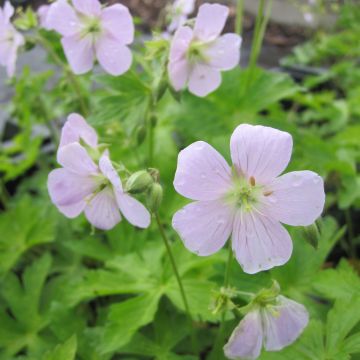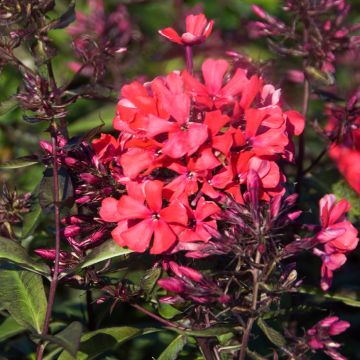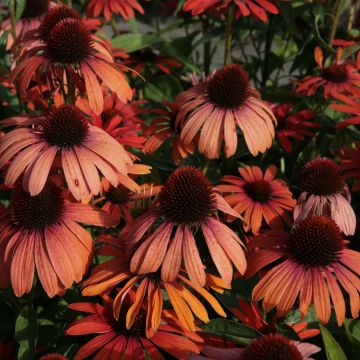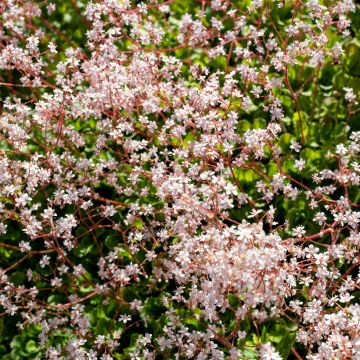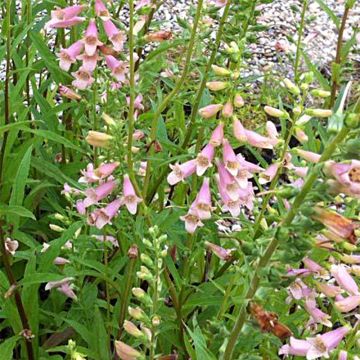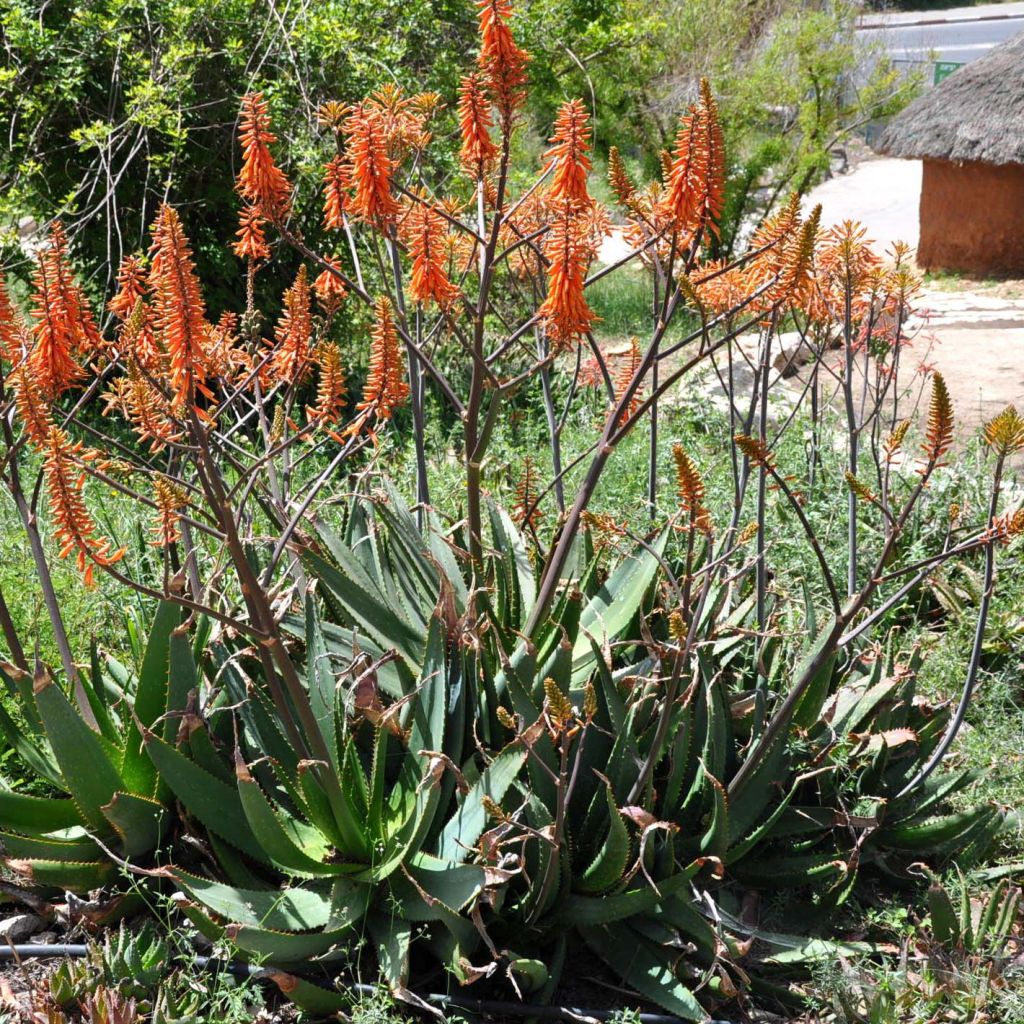

Aloe brevifolia
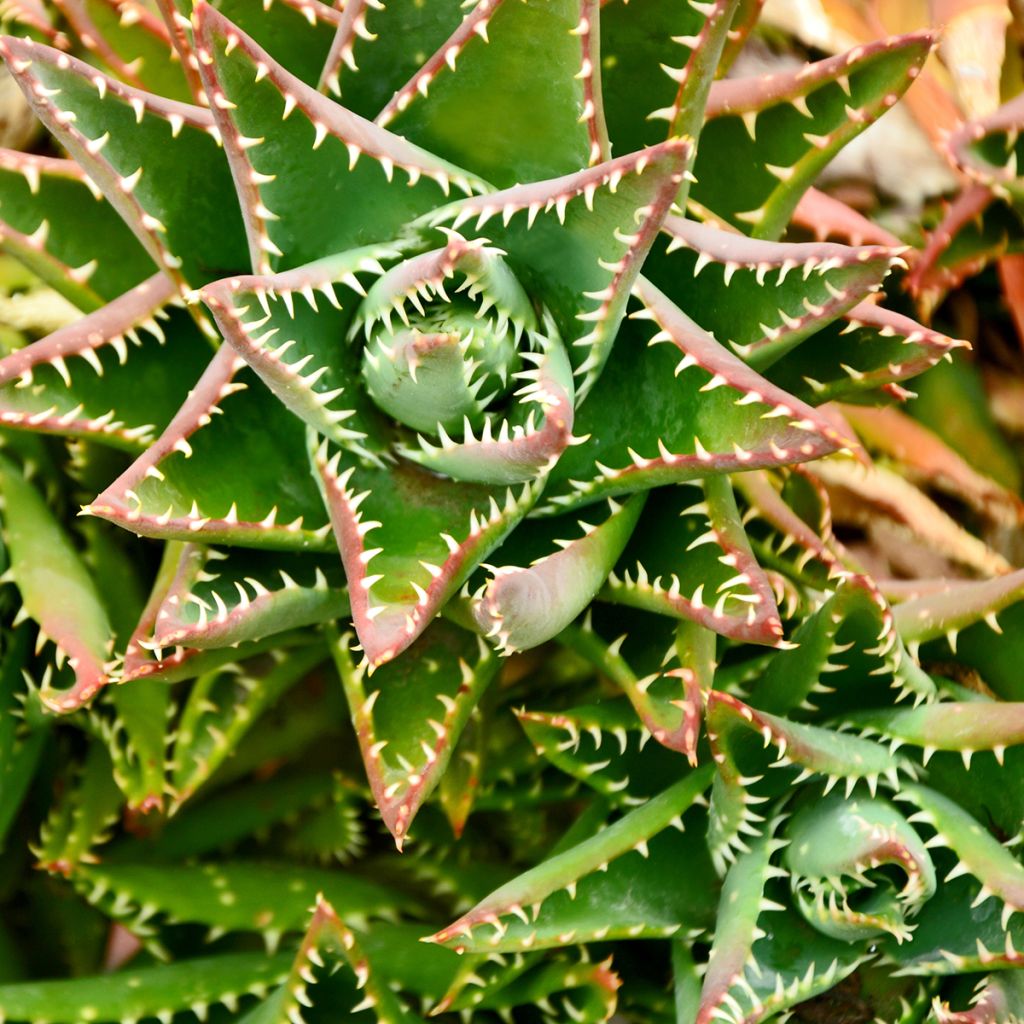

Aloe brevifolia
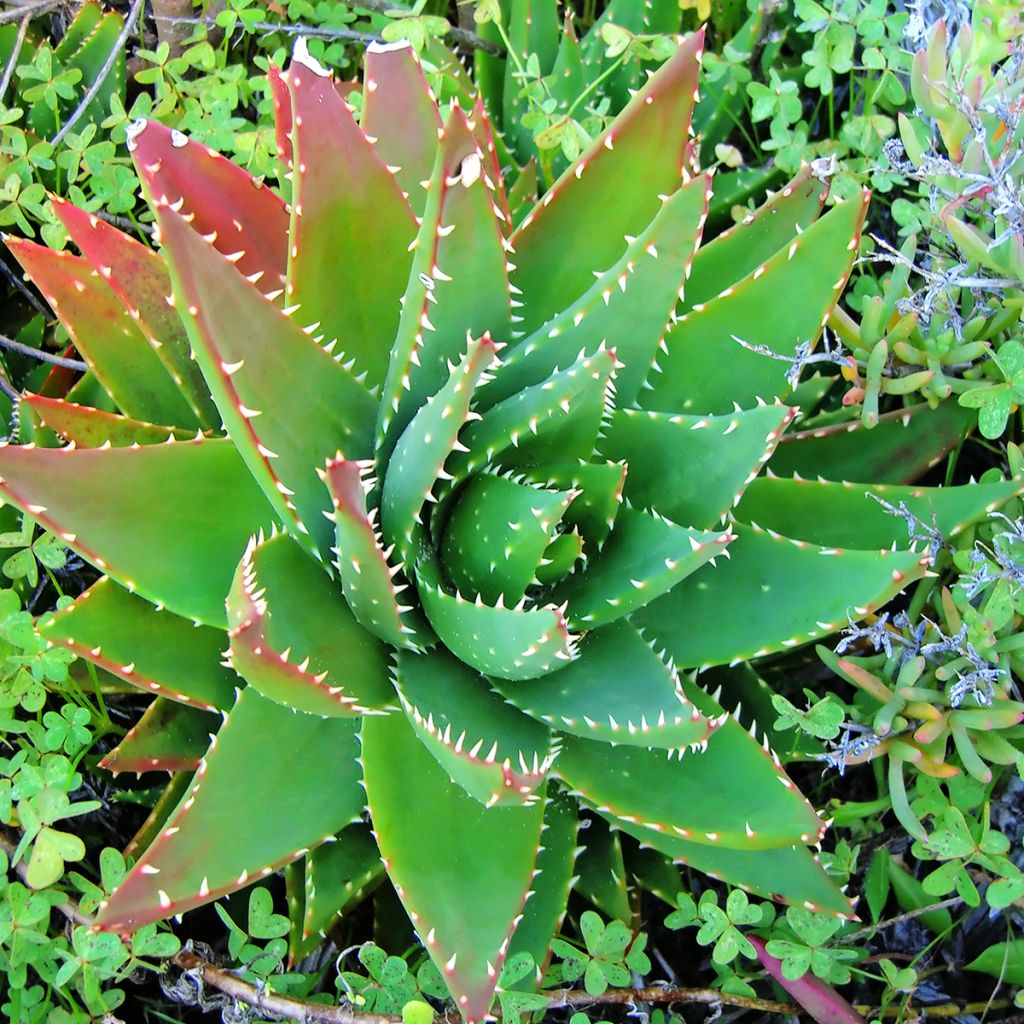

Aloe brevifolia
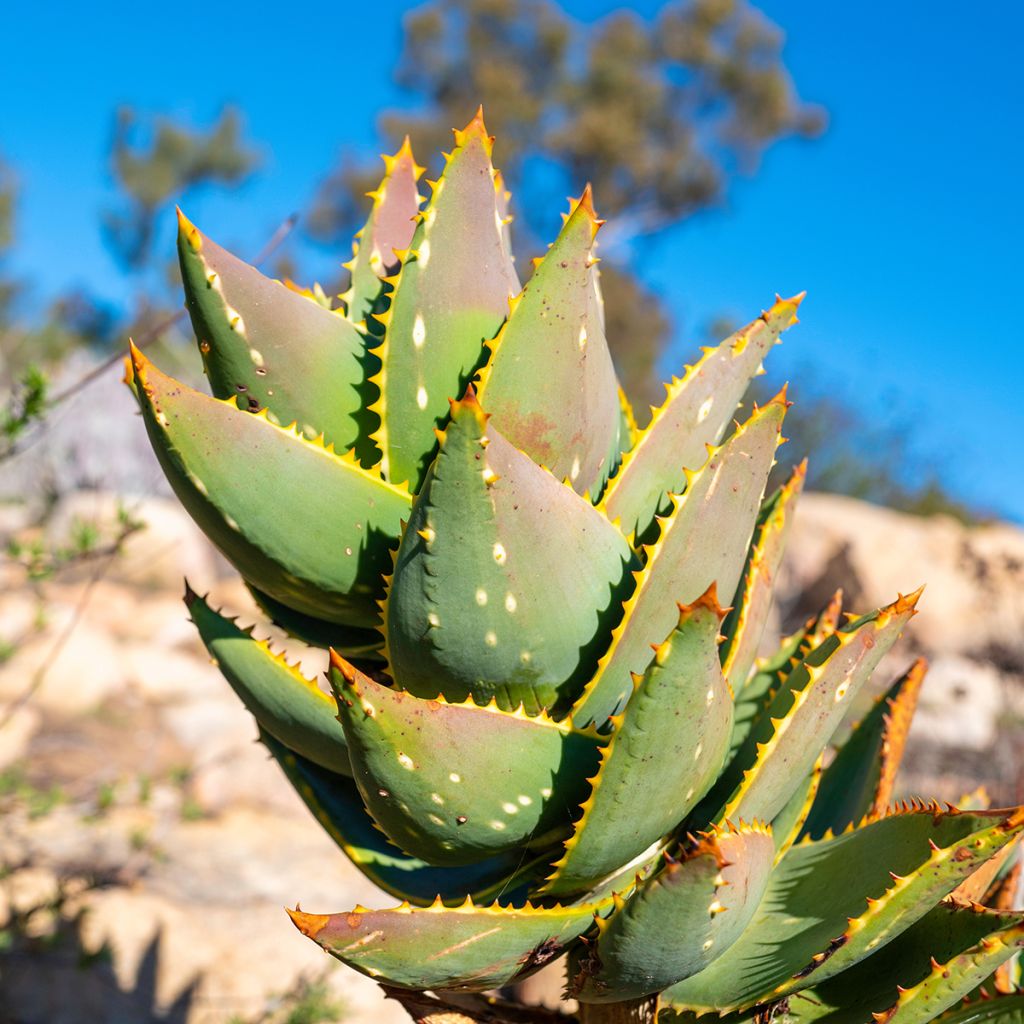

Aloe brevifolia
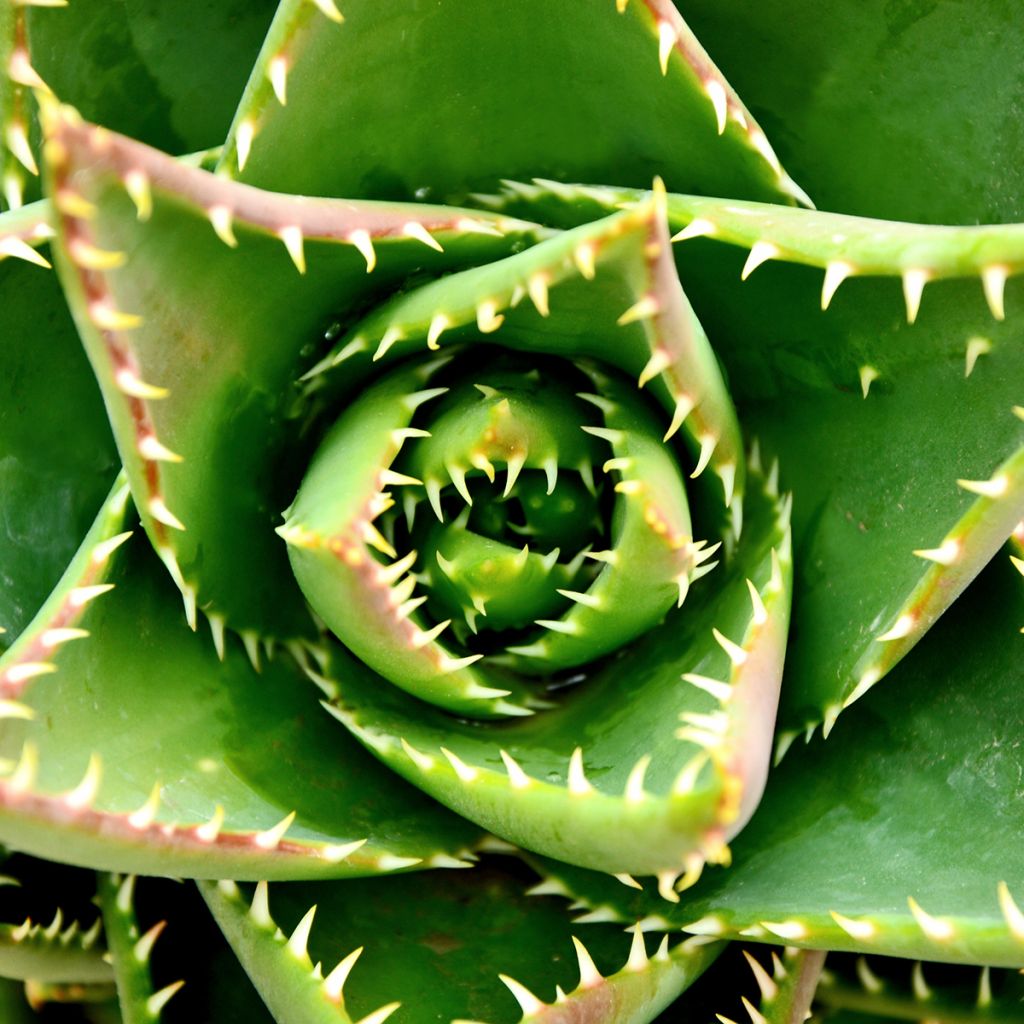

Aloe brevifolia
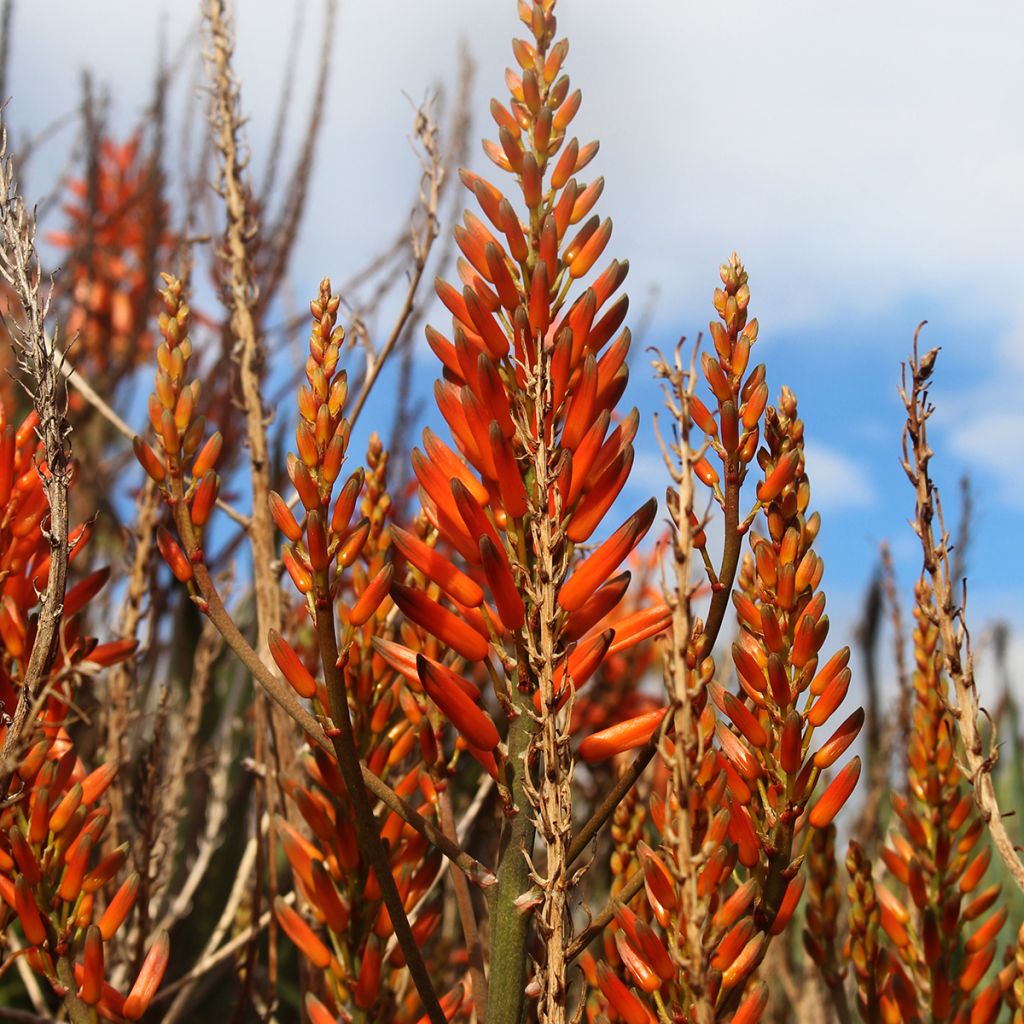

Aloe brevifolia
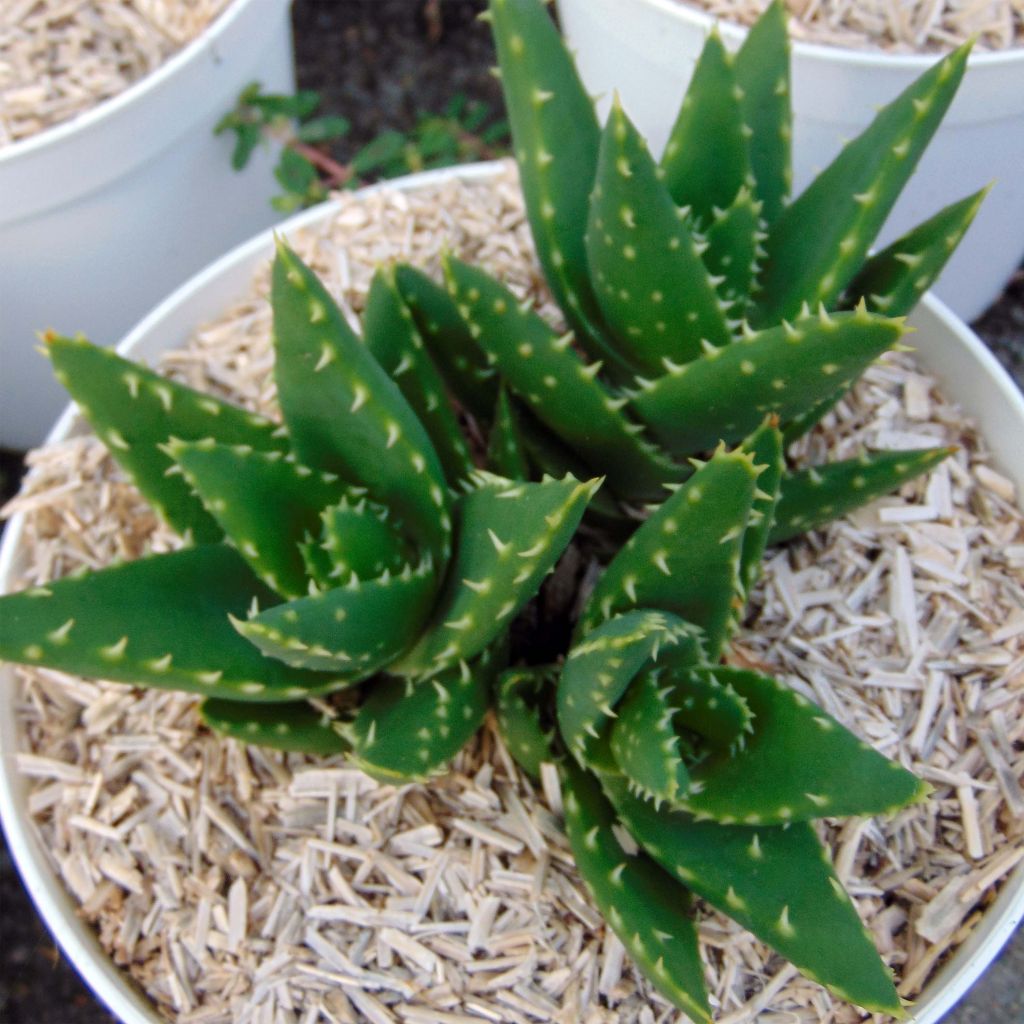

Aloe brevifolia
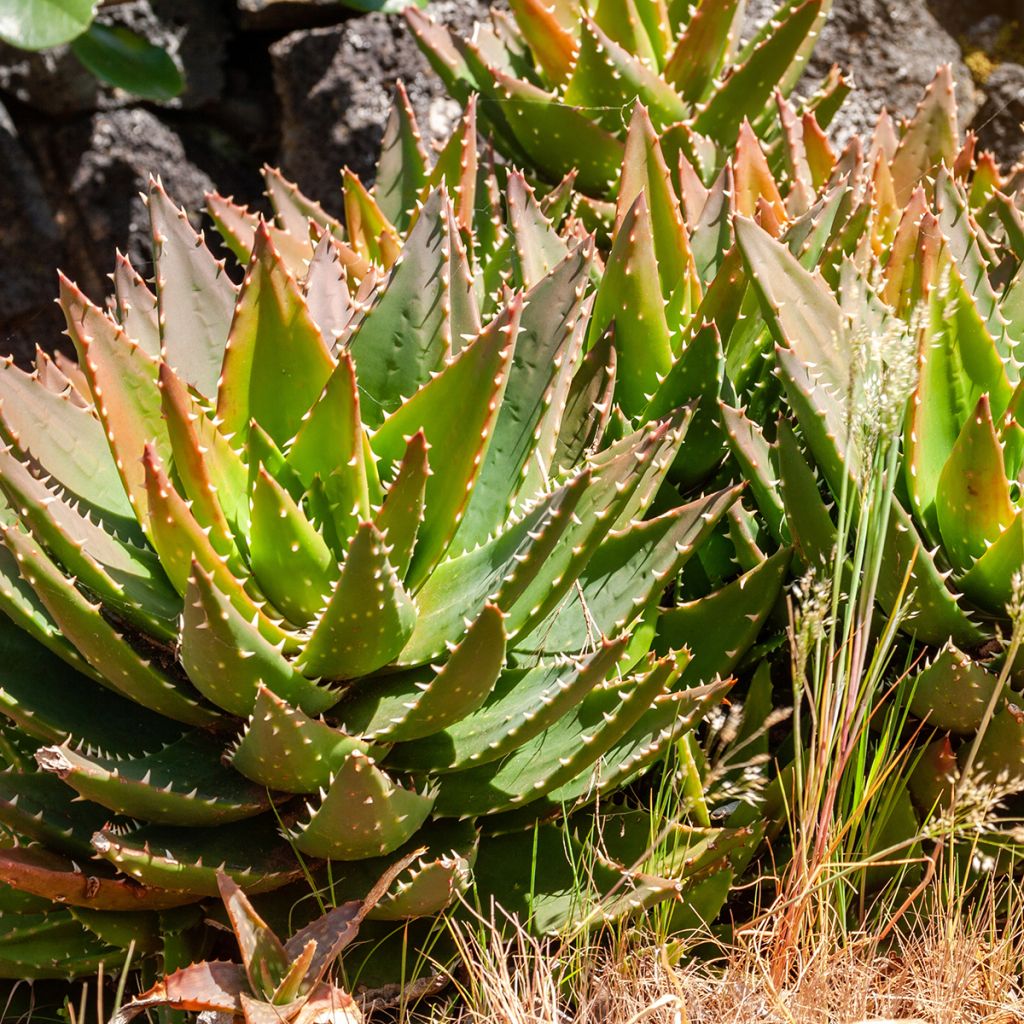

Aloe brevifolia
Aloe brevifolia
Aloe brevifolia
Short-leaved aloe
Special offer!
Receive a €20 voucher for any order over €90 (excluding delivery costs, credit notes, and plastic-free options)!
1- Add your favorite plants to your cart.
2- Once you have reached €90, confirm your order (you can even choose the delivery date!).
3- As soon as your order is shipped, you will receive an email containing your voucher code, valid for 3 months (90 days).
Your voucher is unique and can only be used once, for any order with a minimum value of €20, excluding delivery costs.
Can be combined with other current offers, non-divisible and non-refundable.
Home or relay delivery (depending on size and destination)
Schedule delivery date,
and select date in basket
This plant carries a 12 months recovery warranty
More information
We guarantee the quality of our plants for a full growing cycle, and will replace at our expense any plant that fails to recover under normal climatic and planting conditions.
Does this plant fit my garden?
Set up your Plantfit profile →
Description
Aloe brevifolia is a small-sized plant that is ideal for pot cultivation and rock gardens. This species produces numerous tightly packed succulent leaf rosettes, similar to Sempervivums, eventually forming delightful carpets and beautiful cascades in a mineral setting. Its bluish-grey-green leaves are speckled with white and edged with small flexible teeth. It usually flowers in late winter, with mature rosettes producing short spikes with red to orange flowers, touched with white and green. This aloe is not frost-hardy. It withstands long, hot, and dry summers very well.
Aloe brevifolia is a botanical species in the Asphodelaceae family. It is native to a small coastal region located in the southernmost part of South Africa. It is a compact, small-sized succulent perennial plant, with a rosette habit wider than it is tall, reaching a maximum width of 30cm (12in) and a height of 20cm (8in). In our climates, it rarely exceeds 45 to 50cm (18 to 20in) in flower. Its growth rate is quite rapid, with the plant reaching its adult size in 5 to 6 years. It forms a short stem, not exceeding 10cm (4in) in height as it ages, concealed by the leaves. Its leaves are triangular, thick, fleshy, and upright. Their bluish-grey colour is due to the presence of a bloom, which masks the green colour of the lamina. Depending on the season and the ambient dryness, the leaves will curl and take on beautiful shades of orange, smoky grey, and pink. They have white non-prickly spines along the edges and also along the well-defined dorsal ridge in the centre of the lamina. From March to May, depending on the climate and the year, a non-branched floral spike measuring 50cm (20in) emerges from the centre of mature rosettes, bearing pendulous tubular flowers in shades of coral, orange, and red. This species produces numerous daughter rosettes.
Aloe brevifolia thrives when grown in pots to decorate a patio or balcony, taking care to remove any rosettes that threaten to overcrowd the available space. It will also flourish in the ground in a warm climate or on protected Atlantic coasts, in a border, rock garden, or well-drained bank. It is hardy to approximately -6°C (21.2°F) in dry soil. Plant this aloe in sloping or rocky well-drained soil, or even in dry-stone walls. Elsewhere, it can be planted in a wider than tall pot to fully enjoy its unique charm. It can be paired, for example, with small agaves. You can plant low-growing, undemanding ground covers such as evening primroses, osteospermums, felicia, and delosperma at its base, which will fill the space with their flowering and evergreen foliage, and hide the void left by a dead plant.
About Agaves and Aloes
Aloes and agaves look alike but belong to two different botanical families, the Asphodelaceae and the Asparagaceae. The main difference between them lies in the fact that the rosettes of aloes flower for many years, while the flowering of a mature agave rosette marks the end of its life. In certain species of aloes, interfoliar buds give rise to new plants that cover the dried remains of the mother plant. In agaves, the central flower stalk develops from the terminal bud. In aloes, the flower buds arise between the leaves. Agaves are native to North America, while aloes are found only in the southern half of Africa and in the nearby islands of the Indian Ocean.
Aloe brevifolia in pictures
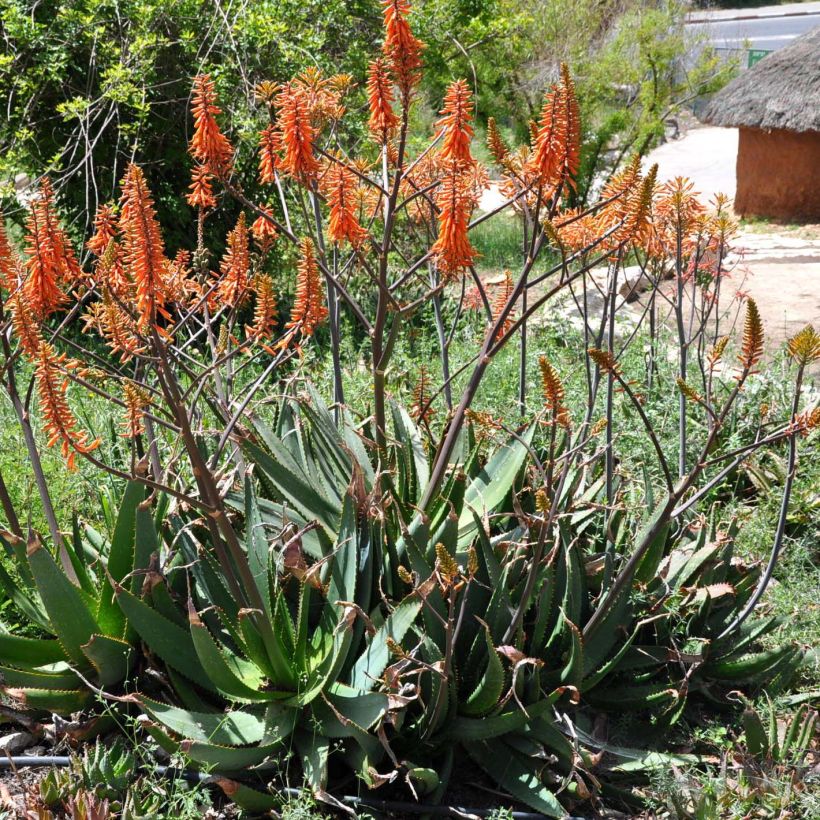

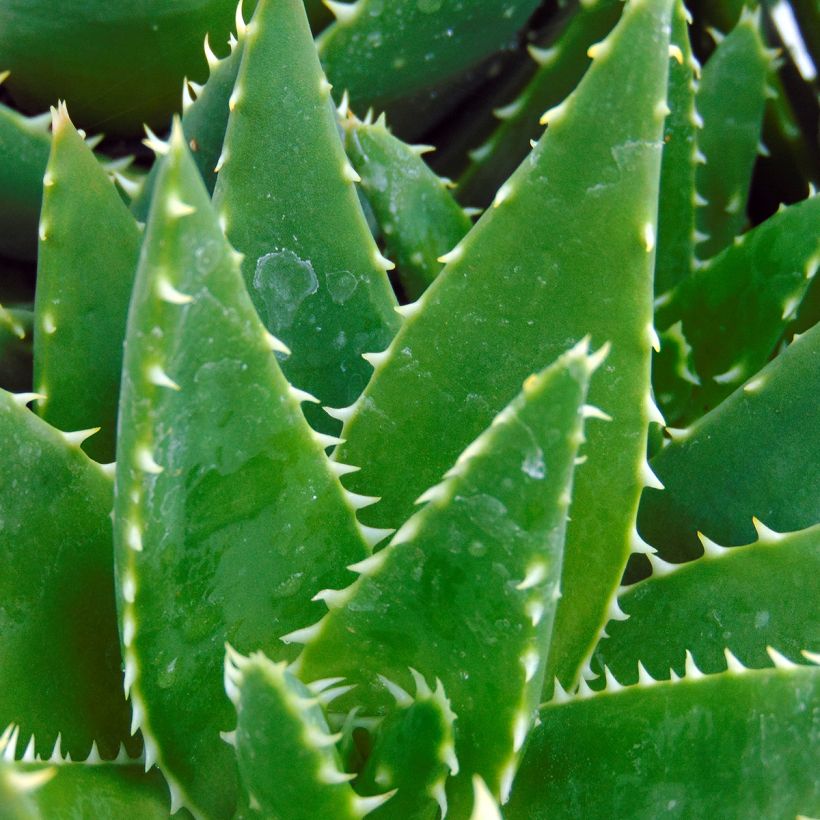

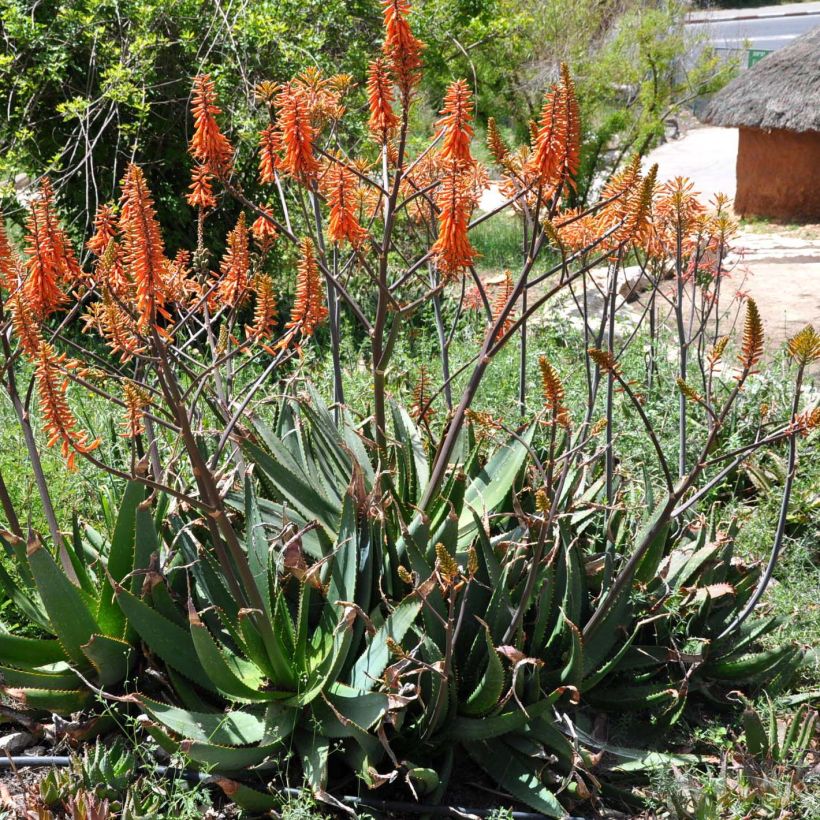

Flowering
Foliage
Plant habit
Botanical data
Aloe
brevifolia
Aloeaceae
Short-leaved aloe
Aloe perfoliata var. delta, Aloe prolifera
South Africa
Other Aloe
View all →Planting and care
Like all succulent plants, aloes thrive in full sun and very well-drained, poor and dry soil, which spares their roots from stagnant humidity. Aloe brevifolia will thrive in mineral-rich soil, composed of a good portion of coarse sand or gravel mixed with garden soil and a little decomposed leaf compost. Light, non-clayey, filtering soil, low in organic matter is ideal. It tolerates long, hot, and dry summers well, but also thrives in mild coastal regions. Its hardiness in winter depends a lot on the dryness of the soil. It can withstand temperatures down to -6°C (21.2°F) for short periods, perhaps more if it benefits from the protection of a winter fleece. When this aloe is grown in a pot, it can be stored in a very bright, cool or unheated heated room during winter. Avoid overwatering in a pot.
Planting period
Intended location
Care
Planting & care advice
This item has not been reviewed yet - be the first to leave a review about it.
Similar products
Haven't found what you were looking for?
Hardiness is the lowest winter temperature a plant can endure without suffering serious damage or even dying. However, hardiness is affected by location (a sheltered area, such as a patio), protection (winter cover) and soil type (hardiness is improved by well-drained soil).

Photo Sharing Terms & Conditions
In order to encourage gardeners to interact and share their experiences, Promesse de fleurs offers various media enabling content to be uploaded onto its Site - in particular via the ‘Photo sharing’ module.
The User agrees to refrain from:
- Posting any content that is illegal, prejudicial, insulting, racist, inciteful to hatred, revisionist, contrary to public decency, that infringes on privacy or on the privacy rights of third parties, in particular the publicity rights of persons and goods, intellectual property rights, or the right to privacy.
- Submitting content on behalf of a third party;
- Impersonate the identity of a third party and/or publish any personal information about a third party;
In general, the User undertakes to refrain from any unethical behaviour.
All Content (in particular text, comments, files, images, photos, videos, creative works, etc.), which may be subject to property or intellectual property rights, image or other private rights, shall remain the property of the User, subject to the limited rights granted by the terms of the licence granted by Promesse de fleurs as stated below. Users are at liberty to publish or not to publish such Content on the Site, notably via the ‘Photo Sharing’ facility, and accept that this Content shall be made public and freely accessible, notably on the Internet.
Users further acknowledge, undertake to have ,and guarantee that they hold all necessary rights and permissions to publish such material on the Site, in particular with regard to the legislation in force pertaining to any privacy, property, intellectual property, image, or contractual rights, or rights of any other nature. By publishing such Content on the Site, Users acknowledge accepting full liability as publishers of the Content within the meaning of the law, and grant Promesse de fleurs, free of charge, an inclusive, worldwide licence for the said Content for the entire duration of its publication, including all reproduction, representation, up/downloading, displaying, performing, transmission, and storage rights.
Users also grant permission for their name to be linked to the Content and accept that this link may not always be made available.
By engaging in posting material, Users consent to their Content becoming automatically accessible on the Internet, in particular on other sites and/or blogs and/or web pages of the Promesse de fleurs site, including in particular social pages and the Promesse de fleurs catalogue.
Users may secure the removal of entrusted content free of charge by issuing a simple request via our contact form.
The flowering period indicated on our website applies to countries and regions located in USDA zone 8 (France, the United Kingdom, Ireland, the Netherlands, etc.)
It will vary according to where you live:
- In zones 9 to 10 (Italy, Spain, Greece, etc.), flowering will occur about 2 to 4 weeks earlier.
- In zones 6 to 7 (Germany, Poland, Slovenia, and lower mountainous regions), flowering will be delayed by 2 to 3 weeks.
- In zone 5 (Central Europe, Scandinavia), blooming will be delayed by 3 to 5 weeks.
In temperate climates, pruning of spring-flowering shrubs (forsythia, spireas, etc.) should be done just after flowering.
Pruning of summer-flowering shrubs (Indian Lilac, Perovskia, etc.) can be done in winter or spring.
In cold regions as well as with frost-sensitive plants, avoid pruning too early when severe frosts may still occur.
The planting period indicated on our website applies to countries and regions located in USDA zone 8 (France, United Kingdom, Ireland, Netherlands).
It will vary according to where you live:
- In Mediterranean zones (Marseille, Madrid, Milan, etc.), autumn and winter are the best planting periods.
- In continental zones (Strasbourg, Munich, Vienna, etc.), delay planting by 2 to 3 weeks in spring and bring it forward by 2 to 4 weeks in autumn.
- In mountainous regions (the Alps, Pyrenees, Carpathians, etc.), it is best to plant in late spring (May-June) or late summer (August-September).
The harvesting period indicated on our website applies to countries and regions in USDA zone 8 (France, England, Ireland, the Netherlands).
In colder areas (Scandinavia, Poland, Austria...) fruit and vegetable harvests are likely to be delayed by 3-4 weeks.
In warmer areas (Italy, Spain, Greece, etc.), harvesting will probably take place earlier, depending on weather conditions.
The sowing periods indicated on our website apply to countries and regions within USDA Zone 8 (France, UK, Ireland, Netherlands).
In colder areas (Scandinavia, Poland, Austria...), delay any outdoor sowing by 3-4 weeks, or sow under glass.
In warmer climes (Italy, Spain, Greece, etc.), bring outdoor sowing forward by a few weeks.






























